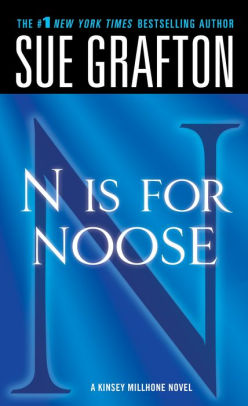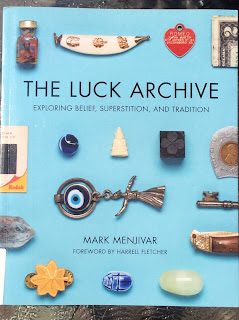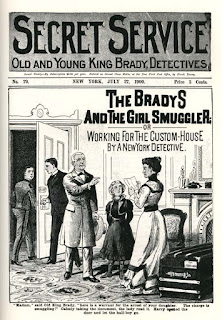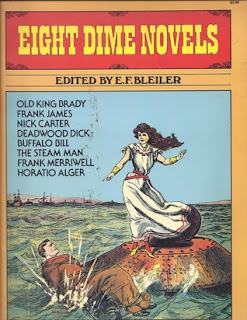
After a couple of false starts going through some "between books" books, I returned to Sue Grafton, starting the second half of the alphabet. (I'd say the end is in sight, but, of course, the last two books have yet to be written.) As always, the action takes place a few months after the previous installment, so even though the book was published in 1998, the action takes place sometime in the 80s. Specific dates aren't mentioned, but you have to keep in mind the technology. Granted, even if it were 1998, Kinsey likely would not have had a cellphone (or even a Blackberry) and pay phones would still be around. The Internet, as we know it, would be in its infancy. But that doesn't exist here.
The story opens in Nevada, for a change, as Kinsey Millhone is caring for her boyfriend, Robert Dietz, who is recovering from surgery. Once he's able to get around on his own, there isn't any need for Kinsey to play the domestic, so she prepares to drive home to Santa Teresa, California. On the way back, she stops at Nota Lake, California to check in with a possible client, referred to her by Dietz.
Selma Newquist is a recent widow after her husband, Tom, who worked for the local sheriff's department, died out on the road. There's no murder mystery here -- Tom died of a heart attack. There isn't anything to suggest it was anything more that that. However, Selma is convinced that something was bothering Tom in recent months, and she hires Kinsey to investigate to see if she could find what troubled him. She reluctantly agrees, figuring that if no leads turn up in a few days, she'd call it off and go home.
Her inquiry has two sides: interviewing friends, family members and coworkers at the Sheriff's department, and going through the papers and bills in his office at home. The interviews review that Tom was well-liked, but Selma? Not so much. Also, there may or may not have been another woman involved. People are happy to help, but in a small town, no one likes a snoop.
The main clues are phone bills showing out-of-town calls, a missing police notebook and some doodles and numbers on a desk blotter, which include a noose, as in the title. Coincidentally, the odd phone calls go to Santa Theresa, giving Kinsey reason to go home. Another reason to go home: someone follows her car around the neighborhood one night, and then breaks into her rented room and breaks her fingers. So there's definitiely something there that someone doesn't want found, likely dealing with Tom's last case, but his notes are missing -- not in his house, the car, the scene of his death, or the sheriff's office.
There are minimal appearances by the usual Santa Teresa players, and the newfound family members don't get a mention this time. No weddings or any personal, non-investigation events of any consequence.
A murder in Santa Teresa links up with another five years earlier in Nota Lake. The victim in the second case was a person of interest in the first. But by the time Tom got there, he'd already run off. Next anyone heard, his body was found, months after his death.
So I enjoyed this one like I enjoy most Kinsey Millhone stories. Grafton usually finds a different take on a story instead of a straightforward procedural. (Her first novel in this series had her solving a crime for someone who had already been found guilty and served the sentence.) However, this one seems to lead Kinsey around until the facts fall into place when they're needed to. For instance, she interviews one hotel clerk, who has some information about another man who visited, but she didn't get to talk to the other one before being called back to Nota Lake. So a key piece of information isn't gathered -- in this case, a description of the man, where even knowing black or white could telegraph the ending. Likewise, when the notebook is finally found, along with the phrase "the key is on the desk", it's readily apparent that the "key" is a cipher key, not a physical one to a lockbox somewhere. (Because any physical key or physical safe would have been previously found and vetted by this point.)
Kinsey also "hangs a lampshade" on the fact that so many of the people she'd met in Nota Lake had five-letter names. I wish she hadn't. While she's trying to figure out want this string of coded numbers might mean, it might've been neon lights saying, It's a Name!
And I may not be the greatest sleuth, but I crack the code using the info provided at least a chapter before Kinsey. Granted, she might not have been at 100% at the time.
As with the last book, when the ending came, i thought it unraveled a little too quickly, and I might've like a little bit more of an epilogue. Sure, the case is over, but for all the added info in the middle of the story unrelated to the case, maybe a little explanation after the fact would be nice. Or even just a deputy showing up and making arrests? Maybe that's just television bias.
Moving on to O is for Outlaw soon. I'll check the library for an ebook.


























